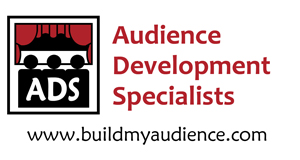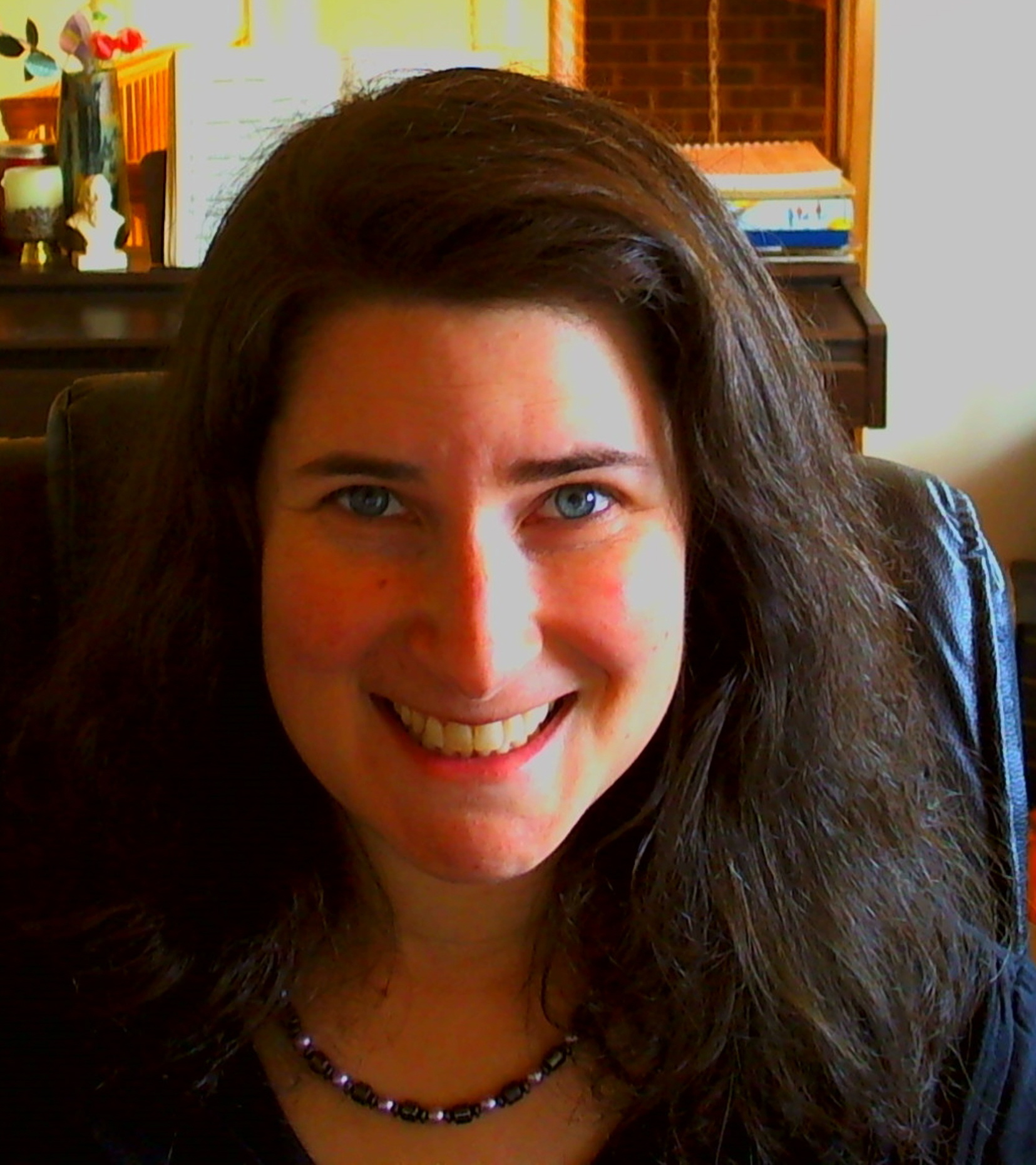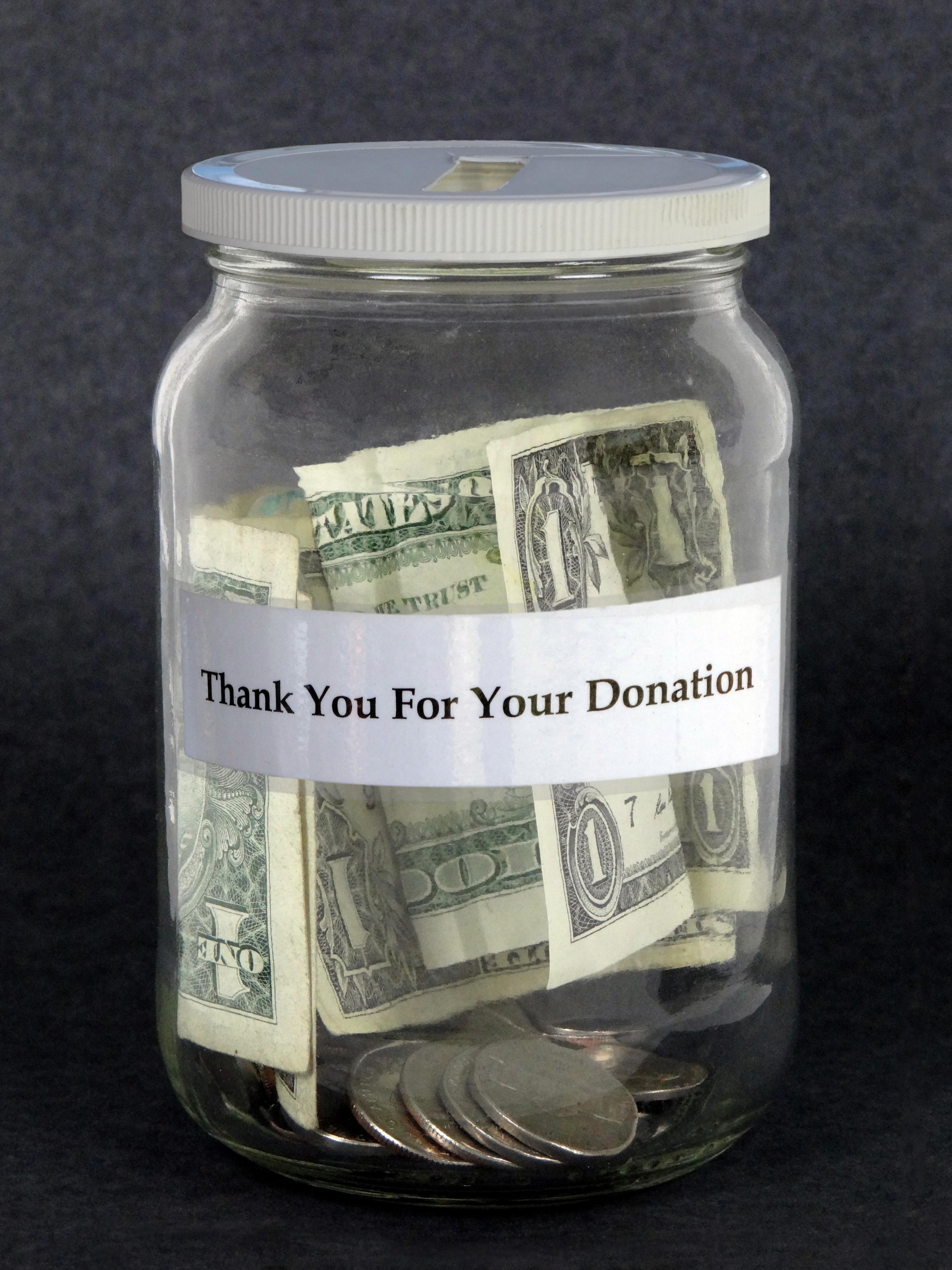Yesterday I mentioned an essay that I felt was worth reading and discussing, “Resuscitating Art Music” by John Steinmetz (NARAS Journal, Summer 1993,Volume 4 No. 1). Today I am thinking I need to combine this discussion with a more broader topic – support for the arts.
If you haven’t received the news yet, the GOP is attempting to cut all funding to the arts, and I mean all. Cutting at a national level of course cuts at the state level too. You can read about it here:
Conservative Republicans pledge to eliminate cultural funding http://wapo.st/fePAl3
It made me wonder, again, why the arts are the scapegoat when budget cuts are needed. We keep proving ourselves over and over again how much the arts contribute to our society on many different levels. Every dollar that goes towards the arts almost always yields money 2 to 3 times the amount back into our local economies. Why is this still an issue over and over again?
I figure it is partly our fault. Yes, it is. We have not been doing our jobs well enough to promote the arts and to make the arts more accessible to the masses so everyone deeply understands the value of the arts. They (the let’s cut the arts folks) keep seeing the arts as a luxury. It is fluff. It is the dessert to all the meat and potato social causes that are necessary. Here is a quote from one of the other arts funding cut articles of the day:
Arts funding weighed in York County http://bit.ly/e6Fn26
Local legislators weigh in
The proposed cuts will help the state “get back to core functions of government,” state representatives said.
“The arts are a vital part of the community,” said state Rep. Ralph Norman, R-Rock Hill. But they’re less important when trying to fund “medicine for children and the Medicaid program, … law enforcement – the basic needs that the government provides.”
“Art is nice, but it’s an elective,” said Rep. Gary Simrill, R-Rock Hill. He hopes the Legislature will find ways to incorporate arts into existing programming and fund them with grants instead of state money.
State Rep. Tommy Pope, R-York, and Norman said they hope the private sector will increase its support of arts organizations.
So, are the arts simply something that is “nice” and just an “elective?” Are the arts “less important” than what they term the basics?
I understand that there is only so much money to go around and that there are many worthy causes to support. The arts are what makes life worth living. The medicine helps to keep us healthy, but what are we becoming healthy for? To live, to experience, which is what the arts are all about.
I feel like these GOP’s have a major disconnect with a part of their humanity. Have they considered what it will be like for the world if the arts were cut out? Do they realize the very programs they are proposing to cut are the very programs that allow them to hire a musician for their events. How did the musician become a musician? Through the very programs they wish to cut mainly. Do they think about the artist that works hard on their branding campaigns? Where did this artist come from?
We need to ask ourselves why this group of people think the arts are merely fluffy extras in life. There is a disconnect here. What can we do about it? The arts need to start making art more accessible so more people are aware of the value. This leads me back to Steinmetz’s essay.
Here is the beginning of the essay:
One summer I taught music at a computer camp. After years of experience as music camps, it was a shock to be teaching kids who weren’t already involved in music. I didn’t know how to connect with them. My class of high school students had no music training and no detectable interest in art music. They weren’t interested in new experiences. They were frighteningly incurious. For them, “I hate that” meant the same thing as “That’s unfamiliar to me.”
I was pretty miserable until I finally gave up trying to teach anything and started asking the students what they liked. A spirited argument broke out about whether Journey or Def Leppard was better (this was 1983). To bolster their viewpoints, students marshalled a surprising amount of knowledge and perceptiveness.
I asked the class whether they would be willing to try an experiment. Would they listen to a song that everybody liked and another that everybody hated, and then discuss the differences? They said okay, but it took them a little while to think of a song that everybody liked. Finally they settled on a song by Journey. For the music that everybody hated, I suggested a fourteenth-century love song. They agreed immediately. Even without hearing it, they were certain they would hate a fourteenth-century love song.
We listened to both songs and, sure enough, everybody loved Journey and hated the fourteenth century. When I asked why, they had a lot of answers. One guy said he didn’t like the fourteenth-century music because the music wasn’t in English. Another student said she didn’t like anything that sounded like “that stuff my parents listen to — you know, Pavarotti and that kind of stuff.”
One student answered, “I like rock music because even if I’m doing something else, even if I’m in a different room, I can still get it. I can still tell where the beat is.”
Then he said something I’ve been thinking about ever since. “I like rock music because you don’t have to pay attention in order to get it.”
He really seemed to resent it that the fourteenth-century music required him to do something, to pay attention. Since that time, I have realized that, in our country, the ability to pay attention has become endangered. As a result, art forms that require the audience’s attention are endangered, too.
We still have the same issues today as we did almost 3 decades ago (or more – remember he sights the 50’s later in the essay). The ability to pay attention is a consideration, but it is also the fact that the arts need to be accessible so people will want to pay attention to it.
The arts are getting better at reaching out and creating new programs to attract more people, but in general, we still cater to our own people. Meaning, there is only a small percentage of the population that seek out the arts and that the arts seek out. The branding, the marketing, the programs, mostly communicate in ways that this smaller percentage will understand and be comfortable with. Of course, we need to be who we are, but I think it is time to get back to basics and be who we basically are instead of the “mandatory” society wrappings we feel we need to be.
The audience might learn how to pay attention again, if we give them something worth paying attention to. If we give them something accessible to reach for. It could be as simple as having musicians smile again at a concert. People love it when Dudamel smiles. People comment when they see a musician actually enjoying themselves on stage. It could be as easy as relating in language that others can relate to, or to at least explain our terminology in ways that will make sense to a new audience member. We need to start building relationships with these potential audiences.
More from Steinmetz’s essay:
Until recently art music could be presented in thoughtless or inefficient ways without harming itself. It didn’t matter if we put on performances that baffled the audience and bored the musicians. It didn’t matter if we gave youth concerts that turned kids off. It didn’t matter if we performed only for white people. It didn’t matter if we ignored new listeners and didn’t help them learn how to pay attention. We still had audiences. We still had plenty of money. We still had lots of people who cherished the medium.Now, rather abruptly, all those things that didn’t matter have become crucial. Art music is under pressure to do its job better. We can’t be so stupid any more.
This essay is a collection of ideas about how art music could do its job better. Actually, the music is fine; these are ideas about how to present it better. I didn’t think up these ideas; I have gathered them over many years of playing the bassoon, teaching, speaking to audiences, and working with organizations on new kinds of presentation.
These are practical ideas for purveyors of art music. I am writing for the practical people who work to help the music flourish: the musicians, listeners, administrators, board members, volunteers, educators, producers and presenters.
Although this is definitely not a theoretical discussion, I do want to encourage my colleagues to think. As practical people, we sometimes rush off to solve problems without thinking them through. Sometimes, proceeding from obsolete assumptions, we make our problems worse. Now evolutionary pressure is forcing us to think about things more carefully, and making us think about things we never had to think about before (such as “What’s so special about this music and why should it survive?”).
Again, in order to continue receiving funding and other forms of support, we need to finally make the arts accessible to the point that people will automatically see the value . I will continue to look into this essay for more juicy tidbits to examine, but until then, please chew on the former and let me know what you think!
Cheers to happy and loyal audiences,
Shoshana
Shoshana Fanizza
Audience Development Specialists
https://www.buildmyaudience.com
“Never treat your audience as customers, always as partners.”
~James Stewart
Workshops are available!
Does your arts organization or artists group need some new energy? Our workshops can generate enthusiasm for audience development.
Contact us for more information!
Hourly Phone Sessions – Do you have a question about audience development or need feedback or advice on a project or challenge? ADS can help!
Donate to the Audience Development Specialists Grant Fund!
YouTube Gallery – Do you have an amazing way you use YouTube to promote your art? Let ADS know, and you might see your YouTube highlighted on our new gallery!




